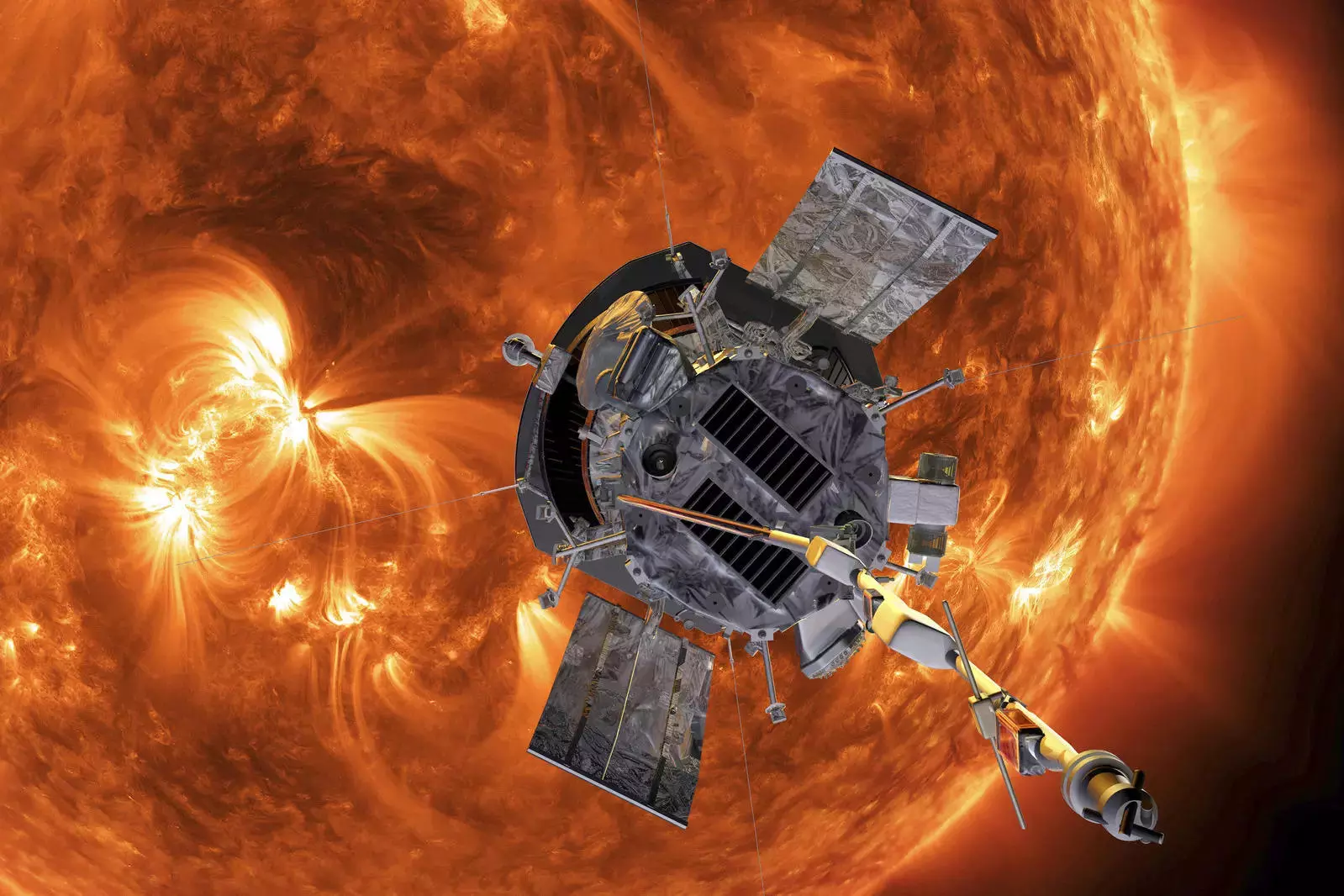
ISRO gearing up for mission to study Sun, satellite arrives at Sriharikota for launch
The spacecraft is expected to be placed in a halo orbit around L1 point of Sun-Earth system, which is about 1.5 million km from the Earth

Aditya-L1, the first space-based Indian observatory to study the Sun, is getting ready for its launch soon, ISRO said on Monday.
The satellite, realised at UR Rao Satellite Centre in Bengaluru, has arrived at the ISRO’s spaceport in Sriharikota in Andhra Pradesh, the Bengaluru-headquartered national space agency said in an update on the mission. “Mostly September first week,” an ISRO official told PTI when asked about the date of the launch.
The spacecraft is expected to be placed in a halo orbit around the Lagrange point 1 (L1) of the Sun-Earth system, which is about 1.5 million kilometres from the Earth.
Also read: Chandrayaan-3: ISRO launches third expedition to land, explore Moon's South Pole
Halo orbit
A satellite placed in the halo orbit around the L1 point has a major advantage of continuously viewing the Sun without any occultation/eclipses, ISRO noted. “This will provide a greater advantage of observing the solar activities and its effect on space weather in real time,” it said.
The spacecraft carries seven payloads to observe the photosphere, chromosphere and the outermost layers of the Sun (the corona) using electromagnetic and particle and magnetic field detectors.
Using the special vantage point L1, four payloads will directly view the Sun and the remaining three payloads would carry out in-situ studies of particles and fields at the L1, thus providing important scientific studies of the propagatory effect of solar dynamics in the interplanetary medium.
“The suits of Aditya L1 payloads are expected to provide most crucial information to understand the problem of coronal heating, coronal mass ejection, pre-flare and flare activities and their characteristics, dynamics of space weather, propagation of particle and fields etc,” ISRO said.
Also read: Chandrayaan-3 | PM Modi: ‘14th July 2023 will always be etched in golden letters'
Key objectives
The major science objectives of the Aditya-L1 mission are: study of solar upper atmospheric (chromosphere and corona) dynamics; study of chromospheric and coronal heating, physics of the partially ionised plasma, initiation of the coronal mass ejections, and flares; observe the in-situ particle and plasma environment providing data for the study of particle dynamics from the Sun; physics of solar corona and its heating mechanism; diagnostics of the coronal and coronal loops plasma: temperature, velocity and density; development, dynamics and origin of coronal mass ejections; identify the sequence of processes that occur at multiple layers (chromosphere, base and extended corona) which eventually leads to solar eruptive events; magnetic field topology and magnetic field measurements in the solar corona; drivers for space weather (origin, composition and dynamics of solar wind).
The instruments of Aditya-L1 are tuned to observe the solar atmosphere, mainly the chromosphere and corona, while the in-situ instruments will observe the local environment at L1.
(With agency inputs)

